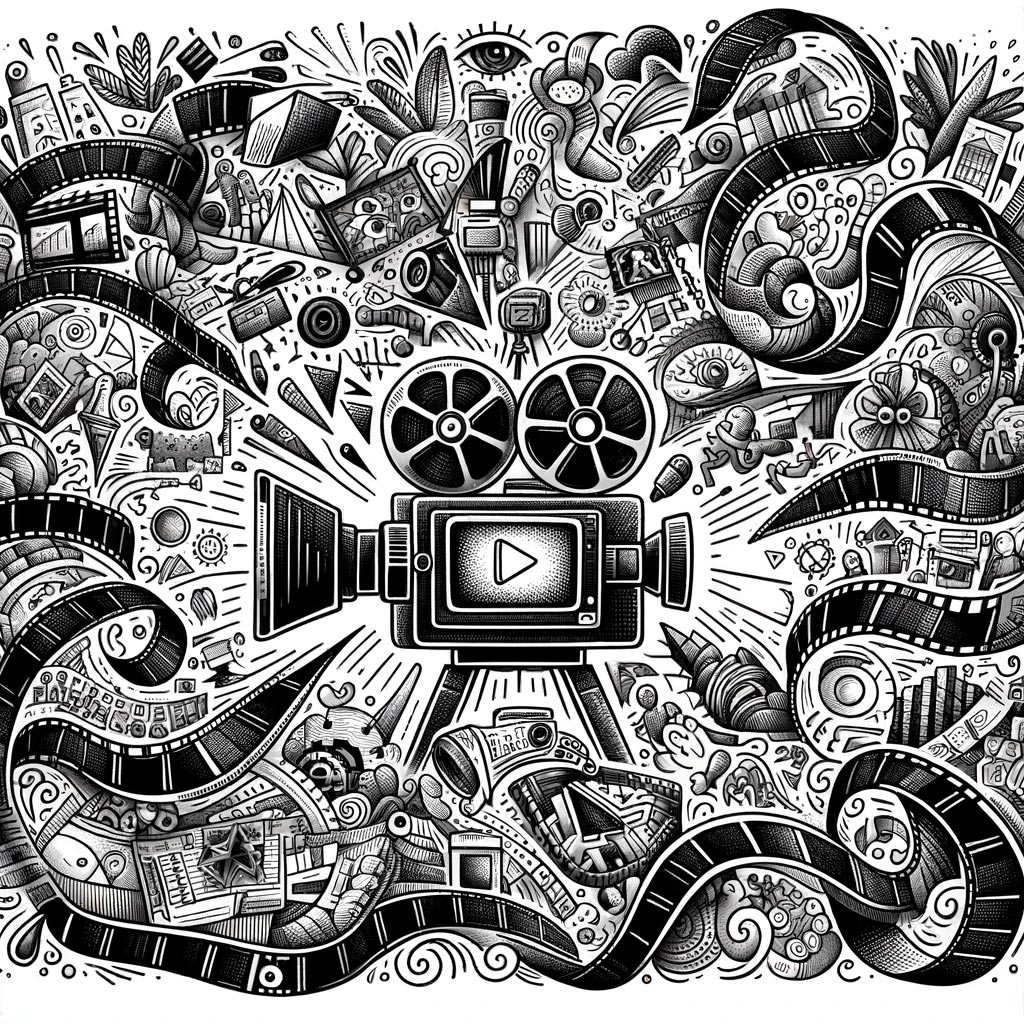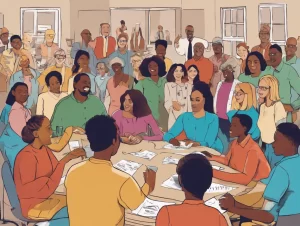Two words – visual storytelling.
As marketers and communicators, it’s all we see nowadays.
In the past decade, video has become king and queen of the communications world and most community foundations are playing catch up to keep pace with the ever-evolving trends.
Whether it’s YouTube versus TikTok, or long-form videos versus short-form videos, it can be hard to understand what channels and what tactics are the best to use. Couple that with the complexity of community foundations and their varying audiences, and sometimes it’s easier to do nothing.
But that’s where things go wrong.
Today’s most effective foundations know to embed visual storytelling into everything they do. And what might surprise you is that they are doing so without a video editor or filmmaker on staff.
The truth is, foundations and nonprofits can bolster video production starting with a few simple suggestions that we consider “low-hanging fruit.”
No matter the size of your team, implementing these six simple tricks and tools can immediately strengthen your visual storytelling.

6. Innovative Ideas, Tricks, and Tactics for Video
- Utilize User-Generated Content: Encourage community members, grant recipients, and volunteers to share their own video testimonials or stories. Nowadays you don’t need a fancy camera to get compelling content. In fact, most content filmed on a mobile device often garners more engagement because it feels more authentic – especially when shared on your social media channels.
- Animated Infographics: If resources are particularly scarce, use animated infographics to convey data and statistics in a visually engaging way. Many free or low-cost animation tools are available online that are specifically built to sync with platforms like TikTok and Instagram.
- DIY Editing Tools: Invest time in learning user-friendly, budget-friendly video editing tools like Adobe Spark, iMovie, or Filmora. These platforms offer templates and tutorials to simplify the editing process.
- Storytelling Workshops: Host workshops for your grantees and community members to help them craft compelling stories. These workshops can also serve as a networking opportunity, fostering a sense of community and collaboration among your stakeholders.
- Mini-Docuseries: Instead of a single, lengthy video, consider creating a mini-docuseries that follows the journey of a specific grant or project over time. These episodic videos keep your audience engaged and invested in the outcome.
- Train the Team: Spend a little time training your staff (or let us help you with that!) on what makes a good story and the ways to capture it. By investing time in teaching your staff and partners the basics of visual storytelling, you will create a small army of content creators.
Community foundations are the lifeblood of philanthropy, and your stories deserve to be seen and heard. While limited staff and resources may pose challenges, the power of video storytelling can help bridge the gap.
Now, more than ever before, modern tools and tricks are making it easy for even the smallest of foundations or teams to look like video content machines!

